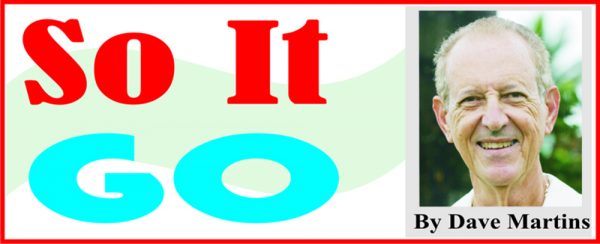
Trinidadians are known for the various words they invent for everyday things (mama guy; picong; waylay; whoop whap; fatigue; bamsee) and this is an example. If you listen to it, the term is sort of describing vocally what you’re hearing musically coming off the high hat. Typical Trini invention. They are an amazing bunch – steelband, kaiso, modern carnival, calypso tent, moko jumbie – all Trini creations. Trinis can be a pain in the backside with their boasting, but no question; they have done a lot. Indeed, Caribbean people, generally, are somewhat cavalier about their achievements instead of taking credit for them as well as for our cultural forms, and of course for our athletes and artists. The consequence is not only that the people who truly deserve our plaudits are often denied them, but, more importantly, the younger citizens grow up often with almost zero knowledge of examples of excellence that went before them. I have seen them often, literally with mouths open, on hearing of the exploits of a Roger Gibbon or Sonny Ramadhin from Trinidad, or Garfield Sobers or the Opels from Barbados, or Byron Lee from Jamaica, or Laddie Lewis from Guyana. Mention those names to youngsters in almost any country in the region and one will often find our emerging citizens responding with a “who’s that?” For the purpose, therefore, of any book that might emerge on all this, the term “mammy pappy” that Trini musicians referred to is the standard drum rhythm used by calypso bands backing singers or playing in fetes….they were saying it how it sounded. If you listen to it, the term is sort of describing vocally what you’re hearing musically coming off the high hat; typical Trini invention. They are an amazing bunch – steelband, kaiso, modern carnival, calypso tent, moko jumbie – all Trini creations. And while they can be a pain in the behind with their strutting, clearly they have done a lot; Trinis also had the term “shookoo-shy” referring to the drummer playing on the high hat cymbal as it was being opened and then closed repeatedly; it was actually where you could easily hear the tempo the drummer was playing; for the rest of the band, whatever combination, that piercing high-hat, and the big round kick drum, were the things they keyed on to get the music tight. Check the early Choy Aming recordings and you’ll hear that high hat always on top the music, like a signature; everybody following that. I learned from that when I formed Tradewinds and got our Trini drummer Kelvin Ceballo, the band’s first drummer, to emphasize the importance of it. Never mind the fancy riffs, make that high hat our up-close guide. It’s truly key. I recall hearing other drummers in Toronto playing kaiso at the after hours Club Trinidad on Yonge Street, where the Trinidadian Delmas brothers operated, open on weekends year round. After the conventional bars had closed, West Indians flocked to these places, open until close to 2 a.m., and a musician could pick up when the drummers were slowing down or speeding just by listening to the high hat. In kaiso, it is the hinge everything swings on. There were four of these clubs in Toronto downtown – and while they had no liquor licence they would discreetly serve you a few drinks. As an aside, the Toronto police knew about the immigration culture in Toronto and wisely looked the other way; besides the West Indian clubs were very discreet about it, didn’t serve anybody a lot of drinks, and made sure sure everything was in order, and the police knew that; they would come in briefly, do a quick walk around, and leave. Years later, when Tradewinds bought our own club, one of the Toronto cops I came to know told me one night, with a big smile. “Listen, Dave. In the years with the after-hours West Indian clubs…we’re not rookies. We knew those guys were serving a few drinks under the table…but we also knew they weren’t ripping people off, they weren’t overcrowding the club in case of fire, and they all ran a tight ship…no teenagers, no drunks, no fights, no bottles and glasses, no incidents. Live and let live.”
There’s truly a book in this. Another story is the role the migrating Caribbean musicians played in faraway Canada, playing in clubs for all the West Indians away from home, contributing to events like Caribana in Toronto and Labour Day in New York, and, although little noted, also going back home to the region to form small vocal/instrumental bar groups, common in North America, to play six nights a week for visitors. Merrymen and Sandpebbles in Barbados were early examples of that format, and later, similarly, Tradewinds. Whoever is writing the book, please note the role that North America played in developing the careers of Caribbean musicians, both living outside and at home. Learn as you go, bobo.





